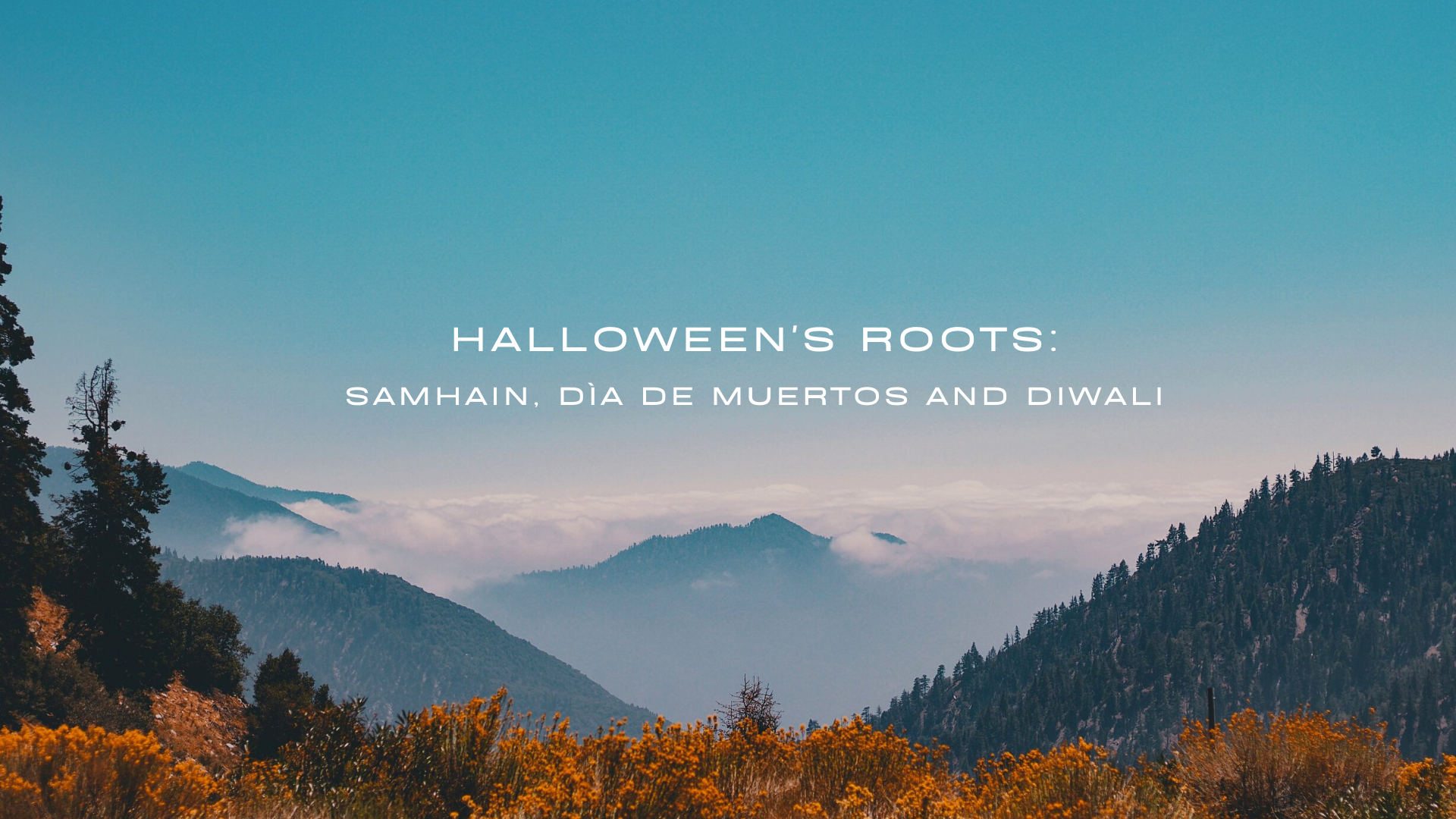
For all of recorded human history, we have been venerating the deceased along with other ancient beings between the end of October and the beginning of November. If you’ve been wondering about Halloween’s roots, you’re certainly not alone. You may have heard of Halloween’s pagan roots. But that’s not all that makes this celebration unique.
Incredibly, most cultures on the globe agree that there is something mystical and inexplicable about this time. This is unironically Scorpionic, and it is commonly believed that the veil between the upper, middle and lower worlds are thinner during this time of the year. However you approach Halloween, it’s the perfect time of year to connect with lost loved ones. You can also venerate your favorite energy. If you need tools for offerings or rituals, check out our shop or Etsy!
Halloween’s Pagan Roots: Samhain
What is Samhain?
Samhain is an old Celtic festival that dates back to the original Druids. It was originally intended to venerate the goddess of death, Morrígan, the keeper of fate. Samhain strongly reflects modern-day Halloween’s roots and is still practiced by modern pagans, Wiccans, witches, druids, and spiritualists. Traditionally, Samhain honors death, the dying sun, the end of summer, and the end of the harvest season. It was also commonly used as the Celtic New Year.
In Celtic paganism, Morrígan is/are the fearsome three sisters of fate. She/They can appear as either one goddess, a triple goddess, or a single crow. She determines life, death, and suffering but can also be a kind and generous being. Morrígan is known as the original oracle who determines fate.
During Samhain, lost souls and departed loved ones walk the Earth. It’s said they are looking for hospitality- food and drink offerings and a warm bonfire. Accordingly, a place is set for lost loved ones (and potentially others) at the dinner table on this day. The family then eats together in total silence alongside any spirits who have been invited. This is an opportunity for those in different realms to share a meal and hospitality with each other in this over 2,000-year-old Druid tradition.
Dating back just as far as Samhain is an ancient Aztecan celebration that ties just as strongly to modern Halloween’s roots.
Ancient Aztecan Roots: Día de los Muertos
What is Día de Muertos?
Uniquely molded over time, Dìa de los Muertos is a two-day festival that adorns the dead. It was originally a veneration to the Aztec goddess of death and the underworld, Mictēcacihuātl. Mictēcacihuātl watches over the bones of the dead so they can be collected and resculpted by the gods. Similarly, the Aztec tradition was to collect and keep safe real skulls of loved ones (or sacrifices meant to represent them.) Halloween’s roots aren’t all candy and costumes.
The modern, westernized version of the celebration now features sugar skulls and photos on altars to honor these loved ones, since the Christian Spaniards who thought it was appropriate to colonize the area (?) found the keeping and “worshipping” of real skulls to be sacrilegious.
In modern times, it is now less common to honor the traditional Aztecan goddess. We still remember those close to us who have passed on. This is more reminiscent of Halloween’s roots we now know.
Regardless of time, the first day of Día de Muertos honors “Angelitos” or infants and children. Those Angelitos who have passed away are believed to have their own special place in heaven. The second day of Día de Muertos honors those who have passed on as adults.
It seems the perfect time of the year to reach beyond the veil. Although, connecting with lost loved ones isn’t the only way to celebrate. If you wondered about the sweets and more cheerful side of Halloween’s roots, let’s travel east- to the Festival of Lights!
Halloween’s Eastern Roots: Diwali
What is Diwali?
Halloween’s pagan roots don’t end with Samhain. Diwali, a festival of lights, spans many Eastern religions. Hinduism, Jainism, Sikhism, and some Buddhisms acknowledge Diwali. While the festivities and rituals traditionally last five days, the main date is the third (and middle) day.
The first day: Dhanteras.
During Dhanteras, people purchase valuable gifts and minerals such as gold, silver, copper, or gadgets to offer to the god of health and Ayurveda, Dhanvantari. Meant to bring prosperity and abundance in all forms, this honors light and good health during times of darkness.
The second day: Naraka Chaturdasi.
On this day, people wake up early and cleanse themselves thoroughly. They bathe and adorn themselves in natural and luxurious oils and herbs. They wear new and clean clothing. It is believed that on this day the demon Narakasura was defeated, making it an auspicious and holy time to abolish evil and laziness.
The third day: Diwali or Lakshmi Puja.
On Lakshmi Puja, the goddess Lakshmi is revered. Laxmi is the goddess of Wealth and Health. On this day, people fill their homes with candles and lights, exchange sweets and candies, and spend celebratory time with family. This is the main celebration of Diwali and the day that other festivities are named for.
The fourth day: Govardhan Puja.
This day of gratitude is dedicated to adorning Krisna. On Govardhan Puja, it is traditional to practice vegetarianism and make an offering of 56 different vegetarian foods and beverages to the god Krishna out of gratitude for bounty.
The fifth day: Bhai Dooj.
Bhai Dooj celebrates love and divine protection. On this day, siblings gather together and exchange gifts. A tikka ceremony celebrates the bond between brothers and sisters.
Additional Thoughts
During this time in almost every ancient belief system, the veil between worlds thins during these particular days. Even the western, commercialized “Halloween” hinges on the fact that we are both aware and afraid of “the other side.” Halloween’s pagan roots may surprise you. For all of recorded history, humans have honored, remembered, and even contacted souls, spirits, and primordial beings when the stars are aligned just so- every year.
No matter how you celebrate, hold these intentions near to your heart next time you pick out a costume, make a sugar skull, or make a spiritual offering!
Celebrations honoring deceased loved ones have always been an important cornerstone of human culture. While connecting with otherworldly souls, be careful and make sure you think twice before you pull out your Ouija board this Halloween!

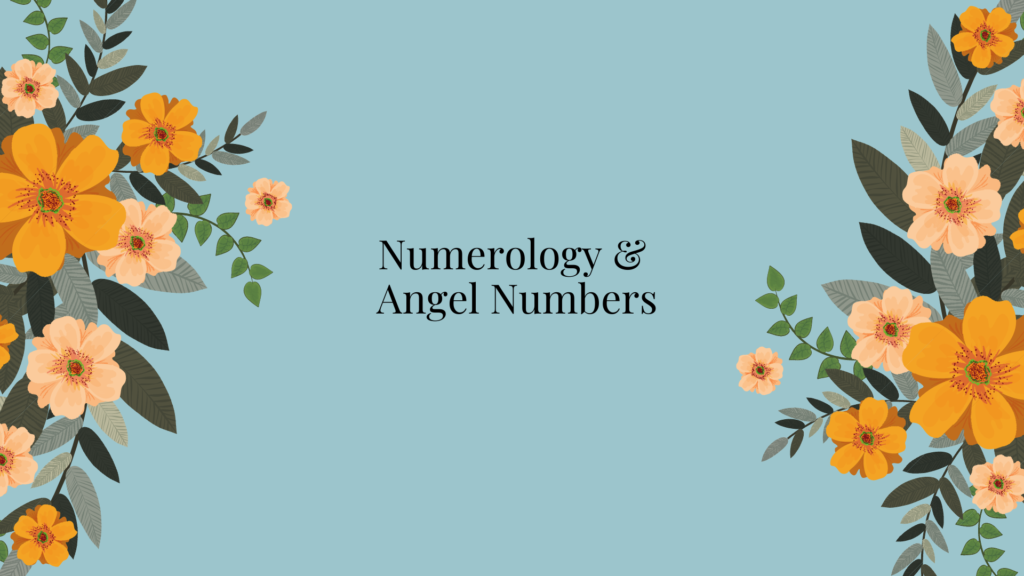
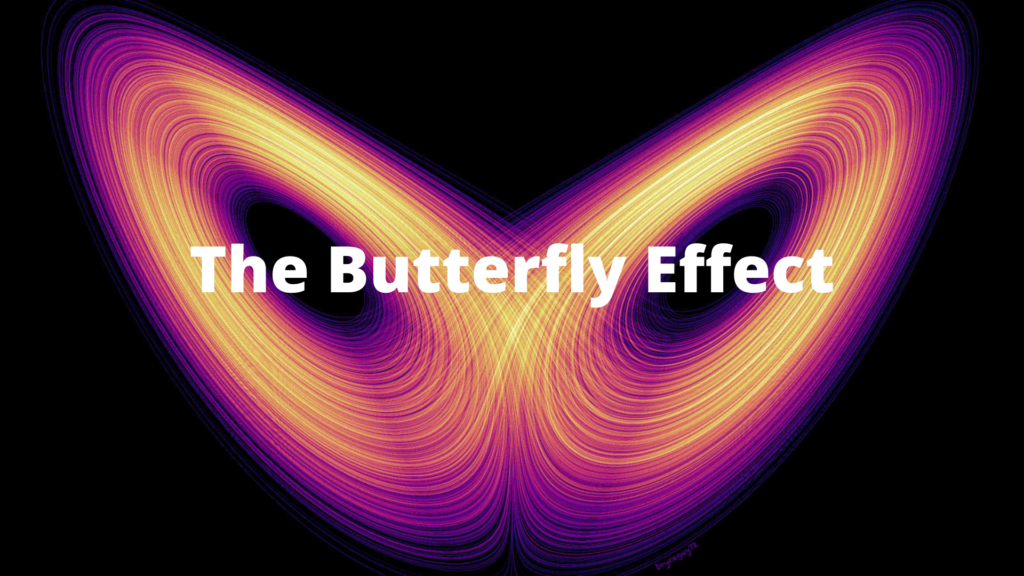
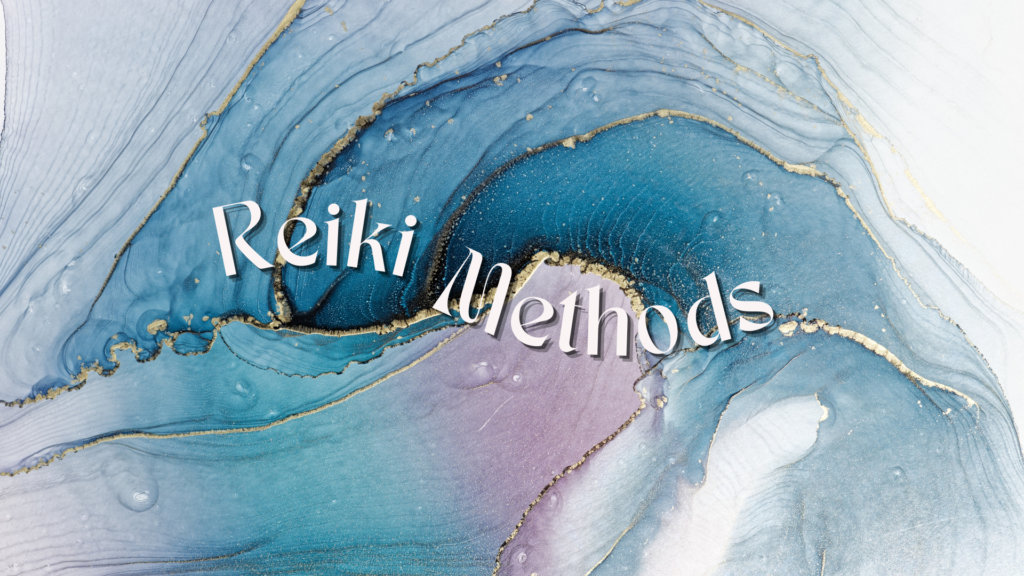
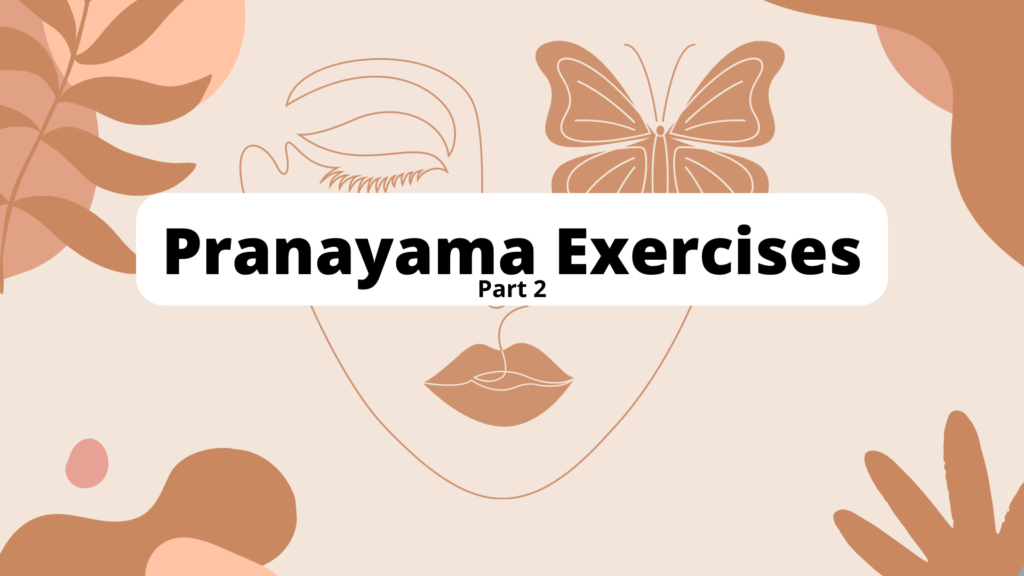
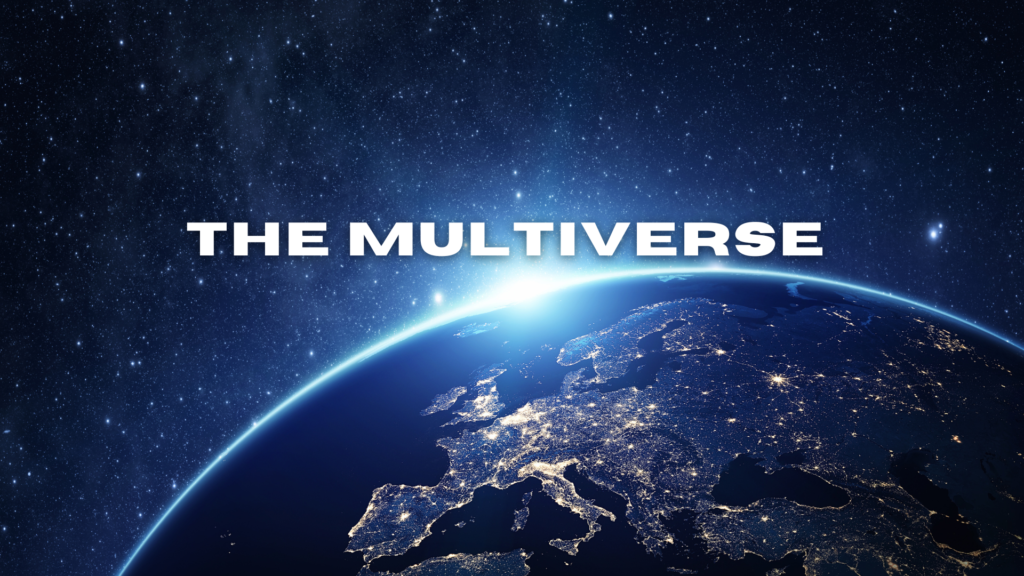

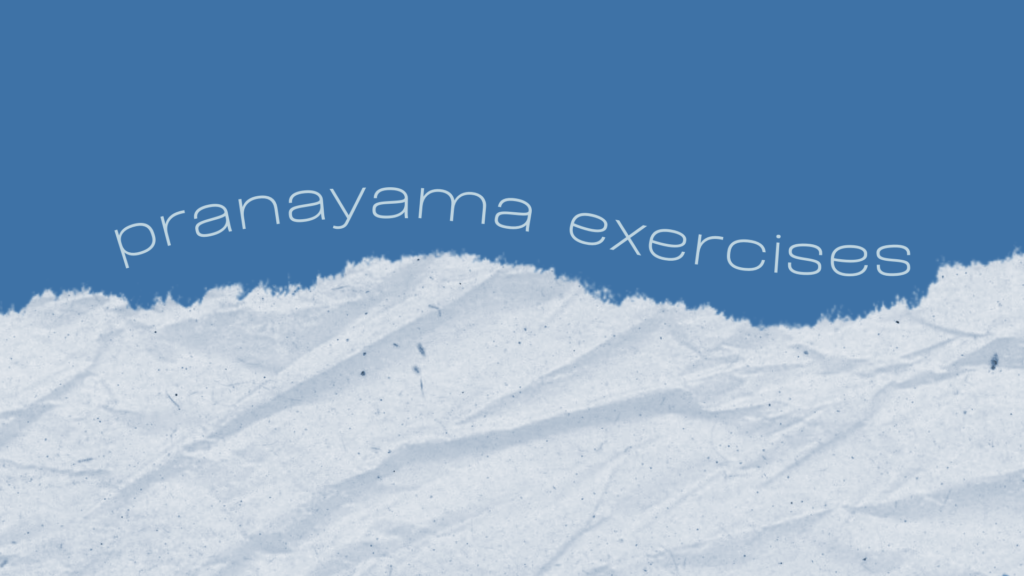
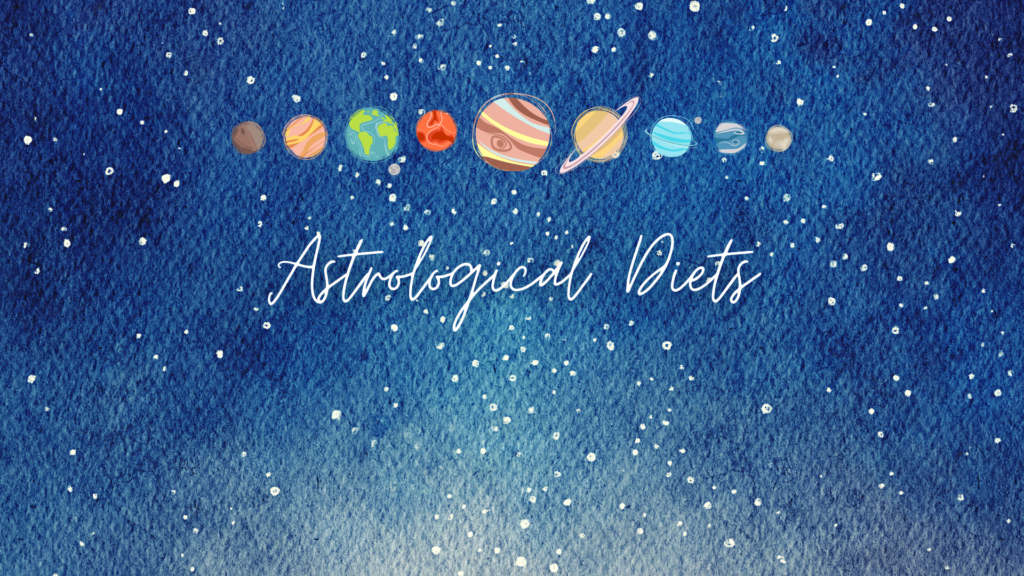
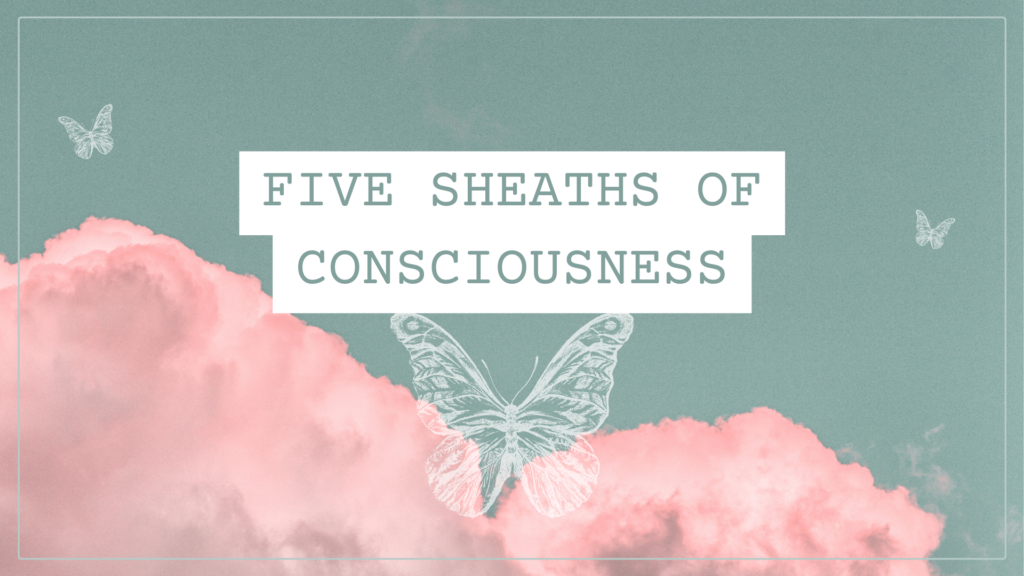
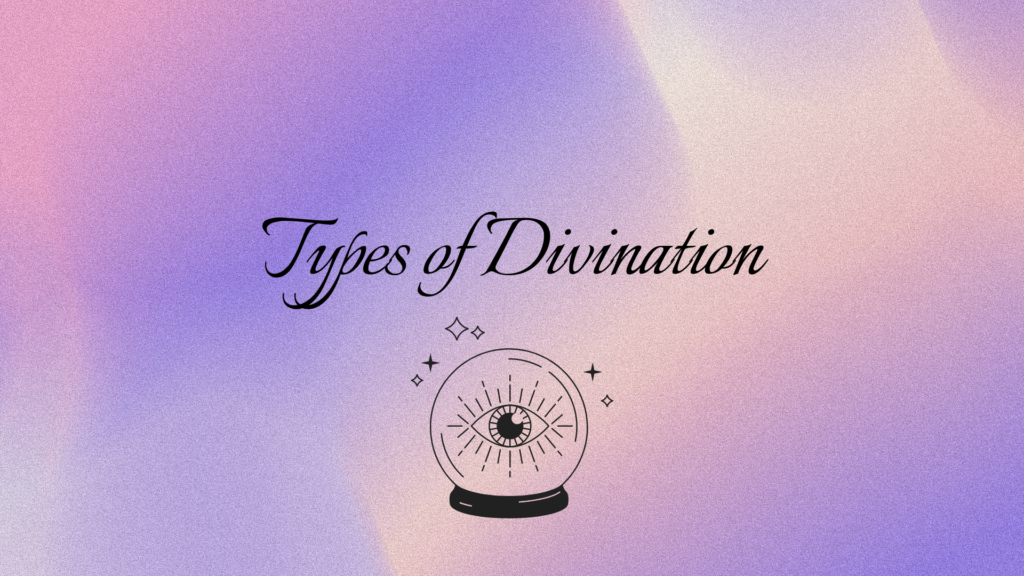
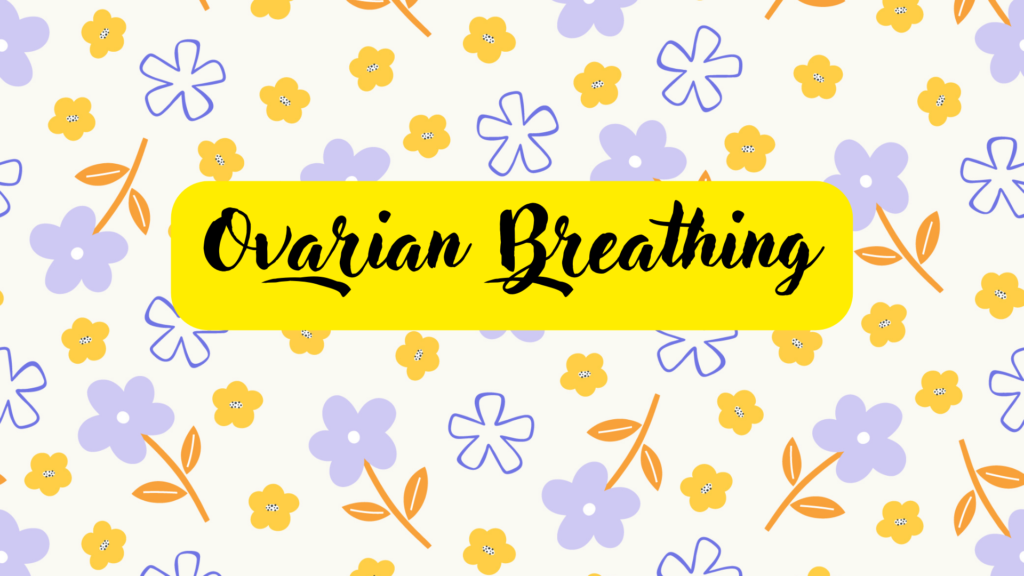
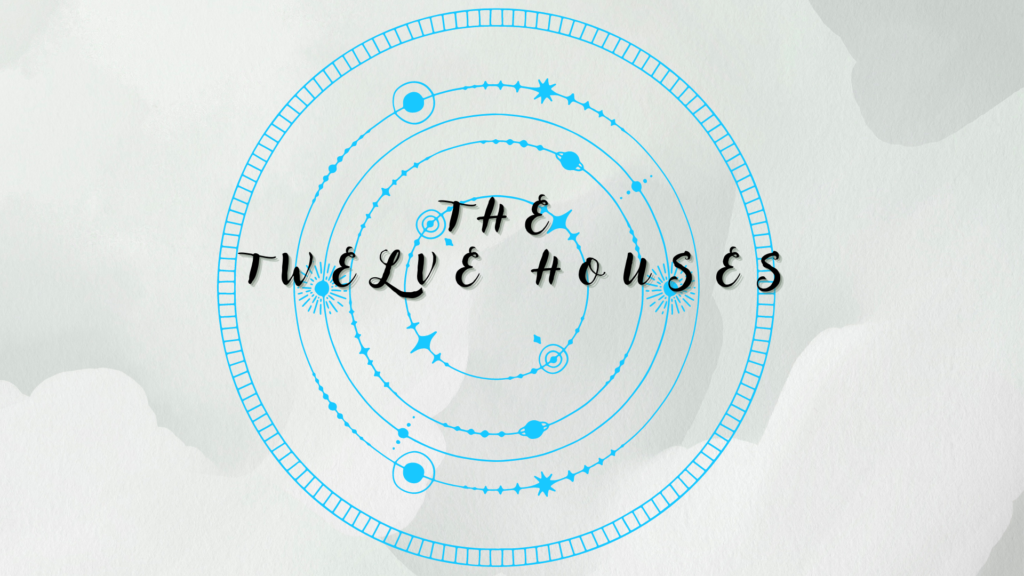
Leave a Reply